Is the Resume Dead? What Top Candidates Are Using Instead
Resume Alternatives That Are Helping Top Candidates Get Hired

For decades, the resume has been the golden ticket to a job interview. A tidy one-pager, a strong list of achievements, and the right keywords, simple, right?
Not anymore.
Today’s top candidates, especially Gen Z professionals and digital natives—are rewriting the playbook. In a job market that’s fast-paced, highly digital, and increasingly competitive, the traditional resume just isn’t enough to stand out.
So what are high-performing candidates using instead? And what does that mean for employers trying to attract the best talent?
Let’s take a look at how the resume is evolving—and what’s replacing it.
The Problem with Resumes
Before we talk about what’s next, let’s look at why the resume is falling behind:
- It’s static. A resume is a snapshot in time. It rarely reflects how someone is growing in real-time.
- It lacks context. Two candidates might both say “project manager,” but the scope, impact, and complexity of their work could be worlds apart.
- It’s easily gamed. With the rise of AI resume builders and keyword stuffing, many resumes are optimised to trick ATS systems—not tell the truth.
Employers know this. According to a Harvard Business Review study, more than 80% of hiring managers say they struggle to find qualified candidates, even when resumes suggest otherwise.
So what are job seekers doing to show their value instead?
1. Portfolios Are Taking Centre Stage
From marketing and tech to admin and HR, portfolios aren’t just for designers anymore. More candidates are building online portfolios to show, not tell, their skills.
- Writers link to blogs and ghostwritten articles.
- Marketers share campaign results and creative assets.
- Customer success reps highlight data dashboards and case studies.
Even roles that were once considered “non-portfolio” now benefit from a project-first approach.
💡 Tip for hiring managers: If you want to spot top performers, ask to see real work samples—especially those that show results, not just deliverables.
2. LinkedIn > Word Docs
More candidates are treating their LinkedIn profile like their real resume and some are ditching formal resumes altogether. Why?
- It’s dynamic and always up to date.
- It showcases recommendations and endorsements.
- It provides mutual connections and context.
LinkedIn has become the new credibility check—and a key place where recruiters and employers form their first impressions.
If a candidate’s LinkedIn is strong, their resume often just becomes a formality.
3. Video Introductions & Personalised Pitches
Top candidates are increasingly confident in front of a camera. Whether through Loom, or good old Zoom, they’re using video to:
- Introduce themselves
- Explain why they’re a great fit
- Share quick wins or career highlights
A short video can convey personality, communication skills, and motivation far better than text on a page.
While not every employer is ready for video pitches, early adopters are already seeing better candidate engagement—and a faster sense of cultural fit.
4. Skill-Based Assessments
In a skills-first hiring world, what you can do matters more than where you’ve been.
That’s why platforms like Vervoe, TestGorilla, and even built-in ATS features now allow candidates to complete task-based assessments. For high-performers, this is a welcome shift—it gives them a chance to prove their value before the interview.
For employers, it’s a way to reduce bias, validate experience, and compare applicants on equal footing.
5. Social Proof & Digital Presence
Today’s candidates know their online presence matters. They’re investing time in:
- Building personal brands on LinkedIn or industry forums
- Sharing thought leadership and insights
- Highlighting awards, speaking gigs, or community involvement
All of this becomes part of the candidate’s “career story”—far beyond what fits into a bullet-pointed resume.
So, Is the Resume Really Dead?
Not quite.
The resume still plays a role—especially in traditional industries, or as a quick reference for HR and compliance purposes. But it’s no longer the centrepiece.
Top candidates are building digital-first, multi-dimensional career profiles that go beyond the basics. They’re showcasing who they are, not just what they’ve done.
What This Means for Employers
If you’re still relying solely on resumes and cover letters, you might be missing out on top talent.
✅ Be open to non-traditional applications
✅ Explore video and portfolio options
✅ Make space for candidates to tell their stories
✅ Ask for real-world proof, not just polished resumes
Hiring in 2025 is no longer just about filtering out the unqualified. It’s about attracting, engaging, and recognising talent in new and evolving ways.










